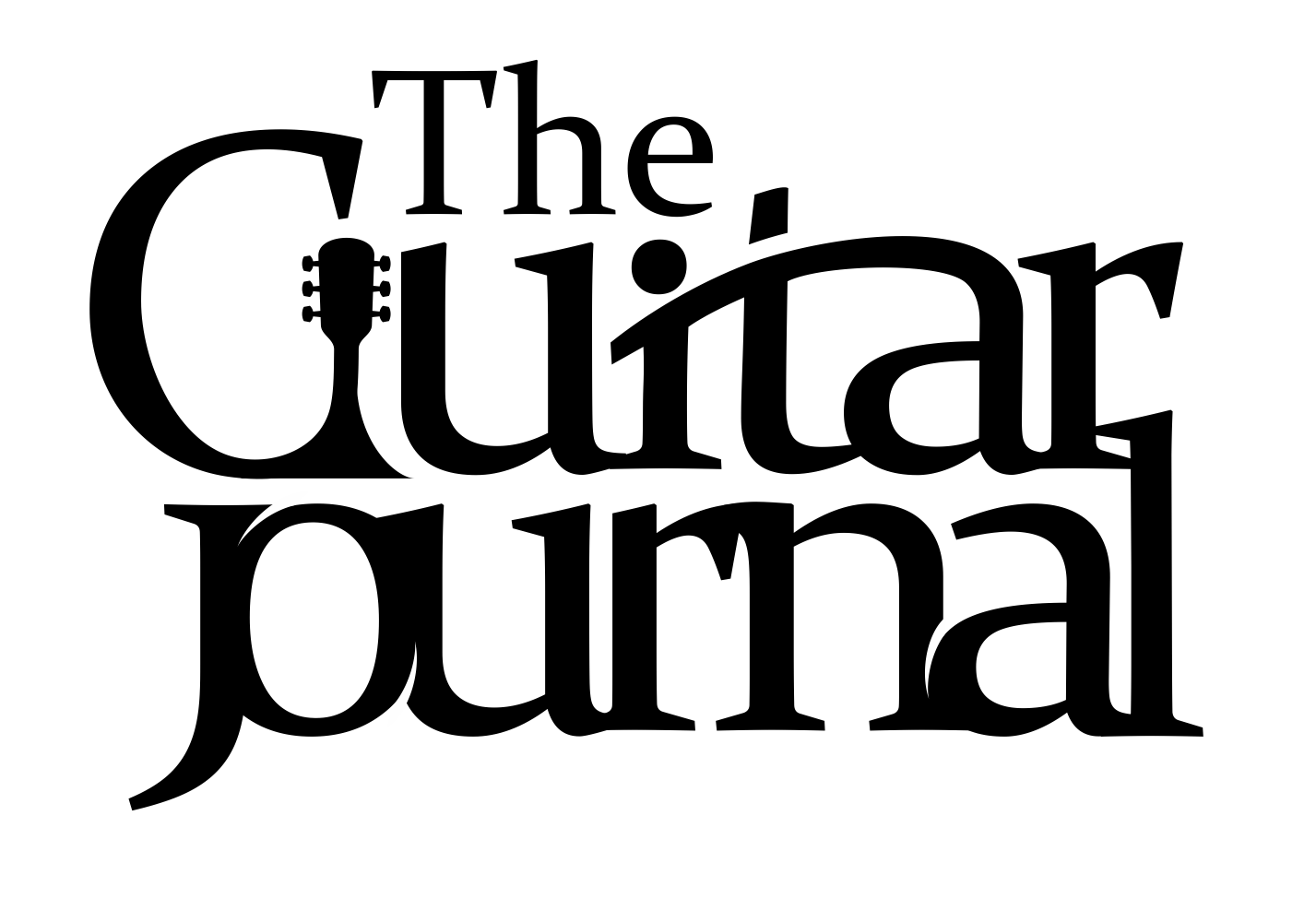Gypsy Jazz Guitar Q & A: Part 2
A series of posts designed to answer common questions about gypsy jazz guitar. From Studygypsyjazz.com’s head tutor, Harry Edwards.
- Gypsy Jazz Guitar Q & A: Part 1
- Gypsy Jazz Guitar Q & A: Part 2
- Gypsy Jazz Guitar Q & A: Part 3
You may also want to start by reading Harry's guest post, "An Introduction to Gypsy Jazz Guitar".
Q1: Why did Django Reinhardt only use two fingers of his left hand to play guitar?
A1: Django suffered severe burns during a caravan fire at a young age, which was an unfortunate accident caused by a bunch of highly flammable celluloid flowers catching fire.
The entire left side of his body was injured in the fire, including his left hand, which sustained severe damage to his pinky and ring fingers.
Contrary to popular belief, Django did not lose any of his fingers, however he did lose the ability to perform intricate tasks with the ring and pinky fingers of his left hand.
Django adapted to his injury, and utilised the index and middle fingers of his left hand to develop his unique horizontal lines on the guitar.
He did still use his ring finger on occasion, but not for lead playing. Rather, this finger was used in conjunction with the index and middle fingers to voice chords.
Django’s story is one of overcoming a severe injury and forging a truly unique style and guitar technique.

Q2: What brands/makes of gypsy jazz guitars do you own and use when you perform? How can I find different makers of gypsy jazz instruments?
A2: The guitar I am currently using for gypsy jazz live performances was made by the excellent luthier Oliver Marin, who lives and works in Granada, Spain.
I love this instrument. It is a longer-scale petite bouche guitar, with great projection and quality of tone across the neck. I’ve only had this guitar for roughly a year, so it is still developing, but it is shaping up to be a very reliable and fun to play guitar.
I also own and play a guitar by Lyon-based maker Antoine Prabel. I commissioned this instrument from Antoine whilst I was studying gypsy jazz in Paris in 2014.
The guitar is the warmest sounding instrument I’ve ever played. I especially love using it to perform and record my original compositions, which draw on gypsy jazz, but also modern jazz and classical music.
How can I find different makers of gypsy jazz instruments?
The best resource I’ve come across for finding makers of gypsy jazz instruments is this comprehensive luthier directory.
On this page, you can search for makers by country, allowing you the best chance to find a quality guitar builder whose instruments you can actually seek out and try.
Q3: What are some gypsy jazz standards that are often overlooked, but are great to play?
A3: There are heaps!
It is great to develop a repertoire of the more commonly played gypsy jazz standards, so that you can easily jam with other musicians, but don’t forget to explore some of the lesser-known tunes this genre has to offer. Django wrote a lot of music.
Here are just a few of my favourites:
- Anouman (D. Reinhardt) – Ballad
- Lentement Mademoiselle (D. Reinhardt) – Ballad
- Peche a la mouche (D. Reinhardt) – Up-tempo swing
- R Vingt Six (D. Reinhardt) – Med/up-tempo swing
- New York City (D. Reinhardt) – Up-tempo swing blues
I hope you’ve found that all useful! Please visit Studygypsyjazz.com to explore this style further, and to find free lessons, backing tracks, and premium gypsy jazz courses!

Harry Edwards (Head tutor @ Studygypsyjazz.com)
